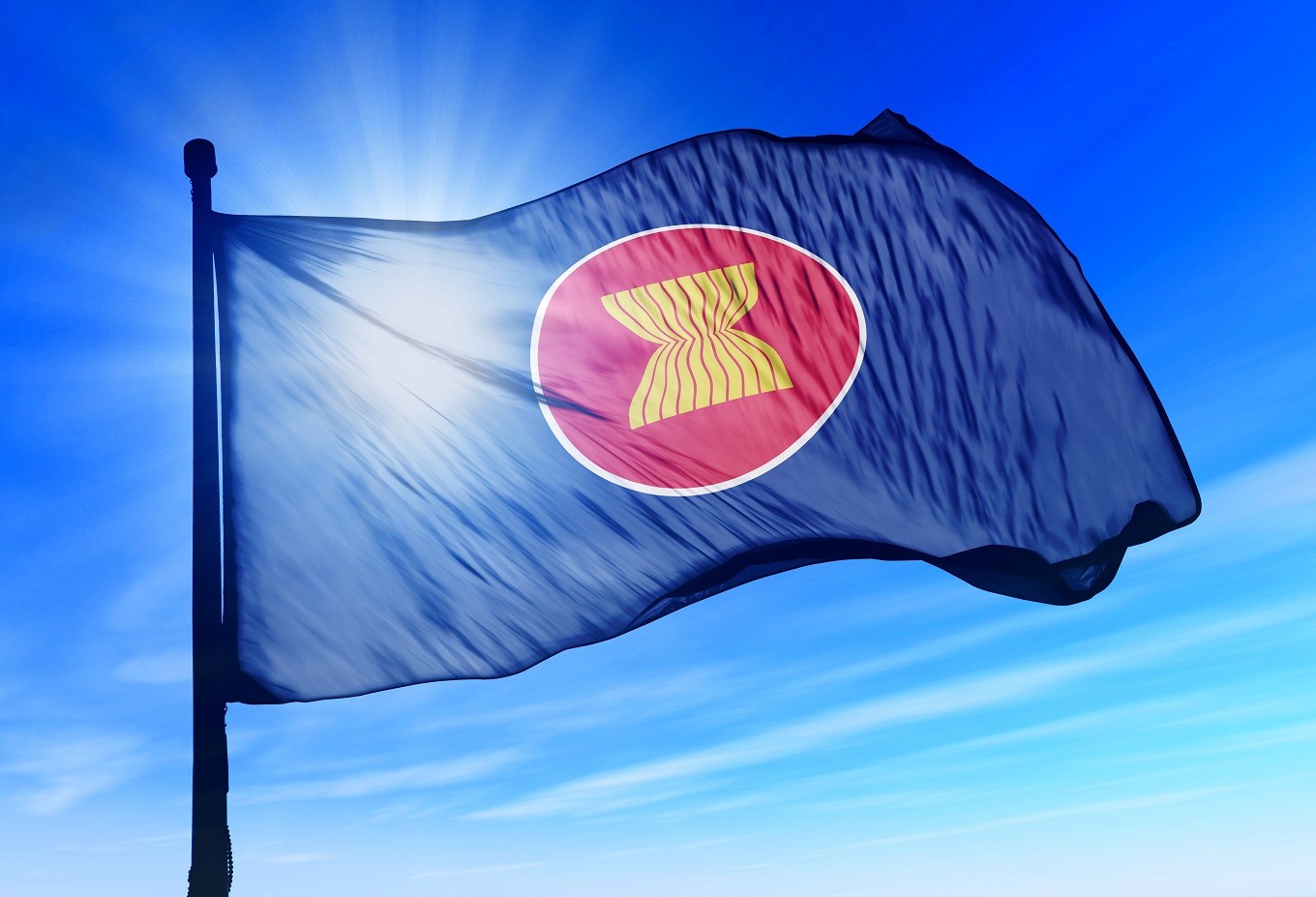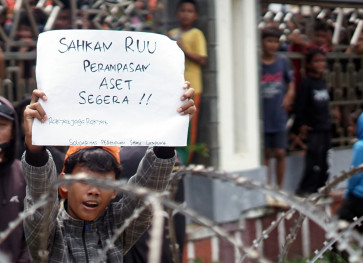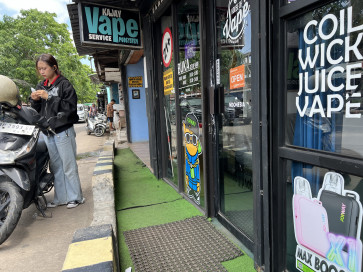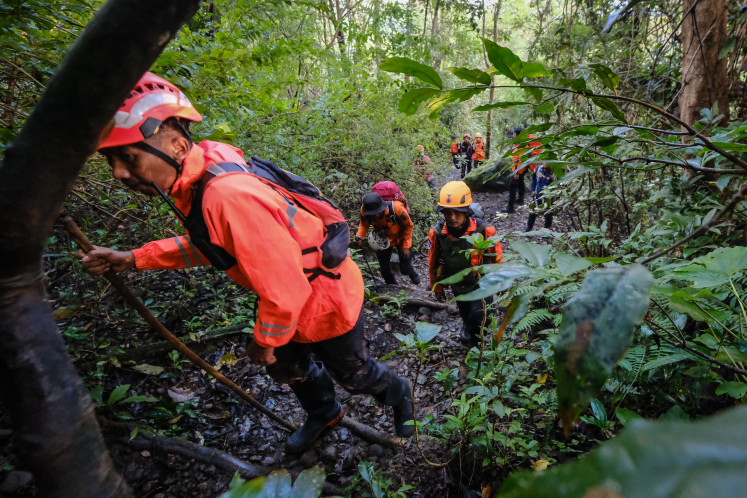Popular Reads
Top Results
Can't find what you're looking for?
View all search resultsPopular Reads
Top Results
Can't find what you're looking for?
View all search resultsSupporting ASEAN's 2025 vision
ASEAN’s vision for 2025 is for a more equitable and competitive region. To achieve this, progress needs to occur on several fronts over the next decade, including better infrastructure connections between the region’s countries and a renewed focus on the health and welfare of its people as well as on the natural environment.Over the next decade, according to a new publication, “ASEAN-ADB Cooperation Toward the ASEAN Community”, tapping support in six key areas will help the region to realize its vision.
Change text size
Gift Premium Articles
to Anyone
Southeast Asia’s progress in the nearly half a century since ASEAN was founded has been nothing short of amazing.
If ASEAN were one economy, today it would be the world’s seventh largest. Indonesia, the region’s largest economy, is helping drive growth as it ramps up investment in infrastructure and steps up efforts to spur private investment.
Despite ASEAN’s impressive progress to date, the region will be facing very different and increasingly complex challenges moving forward, necessitating new approaches to ensure continued growth and prosperity.
ASEAN’s vision for 2025 is for a more equitable and competitive region. To achieve this, progress needs to occur on several fronts over the next decade, including better infrastructure connections between the region’s countries and a renewed focus on the health and welfare of its people as well as on the natural environment.
Over the next decade, according to a new publication, “ASEAN-ADB Cooperation Toward the ASEAN Community”, tapping support in six key areas will help the region to realize its vision.
The first priority is physical connectivity. Connecting markets and propelling future growth by upgrading parts of the ASEAN Highway Network, especially in Myanmar, promotes multimodal transport, ensures greater energy security through cross-border power interconnection and trade and boosts the use of indigenous, low-carbon and renewable energy resources.
Second, facilitating smoother trade and transport links makes it easier for goods and people to cross borders by expanding traffic rights to allow more vehicles to move across borders. It also enhances coordination between customs and other border agencies through single windows that allow traders to satisfy all regulatory requirements electronically at the same time.
Monetary and financial cooperation and integration is the third priority. This strengthens financial systems and attracts more investment by ensuring prudent macroeconomic management and developing regional bond and equity markets.
Social development, the fourth key area, empowers investments in the region’s most valuable resource — its people. It includes support for more effective communicable disease control, as well as for greater labor mobility to expand job opportunities.
Food security is another important public good. It can be delivered by measures to protect public health, and by collaborating across ASEAN to promote food security initiatives including the harmonization of food safety systems and standards.
Finally, through environmental sustainability we can help to mitigate the negative effects of integration by managing critical ecosystems and biodiversity corridors. This also supports climate change adaptation and mitigation.
Greater efforts are needed to promote private investments and public-private partnerships in the region, to further spur economic growth and job creation. Over the past 50 years, cooperation between Asian Development Bank (ADB) and ASEAN has progressively taken shape and in recent years ADB financing and assistance has significantly grown. From 2006 through 2015, ADB financed 376 projects worth US$15.4 billion that directly support ASEAN integration.
The ASEAN Leaders’ vision is of a peaceful, stable and resilient and outward looking community with enhanced capacity to respond effectively to challenges. It also envisions vibrant, sustainable, highly integrated and better connected economies, as well as renewed efforts to narrow development gaps.
The ingredients for success are already in place; a population of over 620 million people, a potential market larger than the European Union or North America, the world’s third largest labor force and a strategic location between Asia’s two economic giants — India and China.
The region needs to leverage these natural advantages through more connective infrastructure, improved life opportunities for its people, and a sharpened focus on environmental sustainability that includes measures to address the impacts of climate change.
ASEAN can already be considered the world’s most successful grouping of developing countries. By redoubling its efforts on new and remaining challenges, it can deliver an even better future for its people.
***
The writer is principal regional cooperation specialist at ADB’s Southeast Asia Regional Department.
---------------
We are looking for information, opinions, and in-depth analysis from experts or scholars in a variety of fields. We choose articles based on facts or opinions about general news, as well as quality analysis and commentary about Indonesia or international events. Send your piece to community@jakpost.com.










